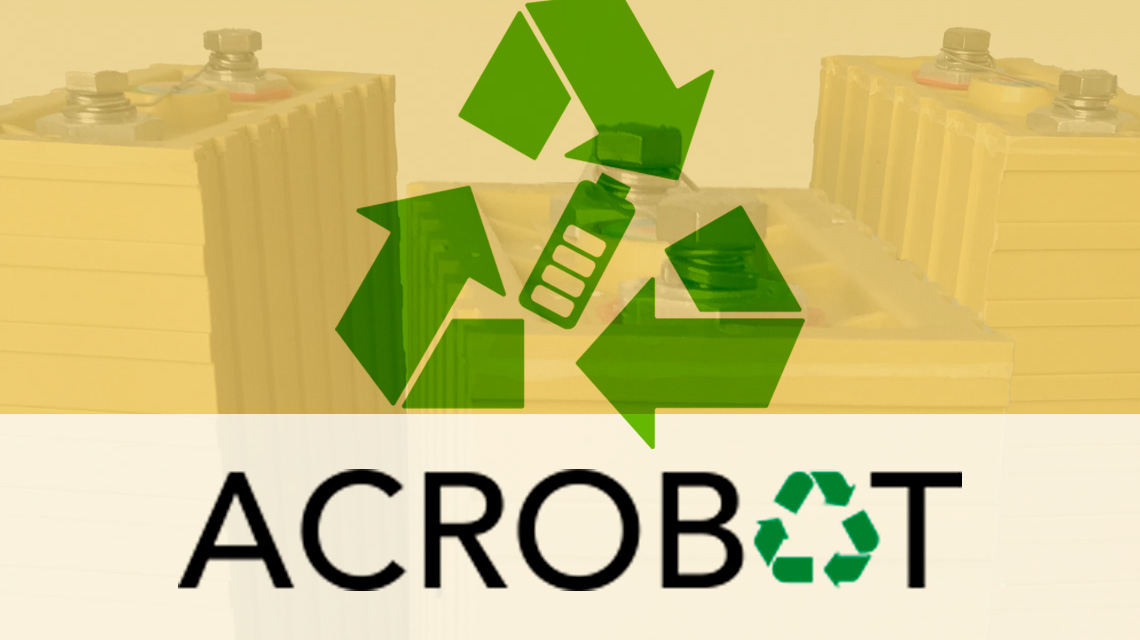Italian National Agency for New Technologies, Energy and Sustainable Economic Development

Environment: EU project to extract critical raw materials from end-of-life lithium batteries kicks off
Recovering over 90% of critical materials contained in lithium iron phosphate batteries with an innovative, low-cost and low environmental impact extraction process to be transferred to the European industry. This is the goal of the European project ACROBAT, comprising ENEA for Italy, Fraunhofer Institute for Laser Technology and ACCUREC for Germany, a company specialized in battery recycling, Recycling GmbH, the Catholic University of Louvain and VITO (coordinator) for Belgium.
“The project aims at developing a new recycling process to enable to extract lithium, phosphorus and graphite from batteries[1]. ENEA will deal with the extraction and recovery of electrolytic materials like conductive salts and organic solvents", explained Federica Forte, project manager for ENEA.
Lithium-iron-phosphate batteries (LiFePO4, also called LFP) are a particular type of lithium-ion accumulators which is gaining a growing market share (about 36%) thanks to their high stability and safety, long life and lower cost than other types, since they don’t contain cobalt and nickel. Mainly used in stationary storage systems, electric mobility and, still experimentally, in some domestic consumer electronics applications, their use is bound to increase because lithium-ion batteries are key in the ecological and decarbonisation transition of the global economy.
“Since LFP batteries contain critical materials their recycling is a strategic imperative; however, in Europe it’s still away from being an established industrial practice.
Hence the necessity to start ACROBAT, a project which aims to combine the skills of research and industry to develop an economic and sustainable process to extract critical materials, to be used in new manufacturing, from end-of-life batteries”, said Forte.
LFP batteries contain lithium, phosphorus and graphite in concentrations of 0.8%, 2.5% and 16% respectively (the percentages refer to a single cell). By 2030, the ACROBAT project aims to achieve an overall annual recovery target of 5,400 tons of cathode material (lithium-iron-phosphate), 6,200 tons of graphite and 4,400 tons of electrolyte. What’s more, an industrial-scale recycling process will make it possible to find solutions to additional environmental issues: lithium-ion batteries contain substances harmful to the environment, which could be managed appropriately and valorised during the recycling process.
Currently China, together with Africa and Latin America, supplies 74% of all the raw materials used in an accumulator. Furthermore, China alone produces 66% of lithium-ion batteries against less than 1% of the EU[2]. “The need to locally recycle raw materials from end-of-life products in order to make Europe independent has become increasingly evident,” concluded Forte.
Photos and videos
Notes
[1] The LFP battery consists of hundreds of interconnected individual cells composed of two electrodes, i.e. the anode (or negative pole) made of graphite and the cathode (or positive pole) of lithium-iron-phosphate (LiFePO4).
[2] Critical Raw Materials for Strategic Technologies and Sectors in the EU - A Foresight Study https://ec.europa.eu/docsroom/documents/42881
